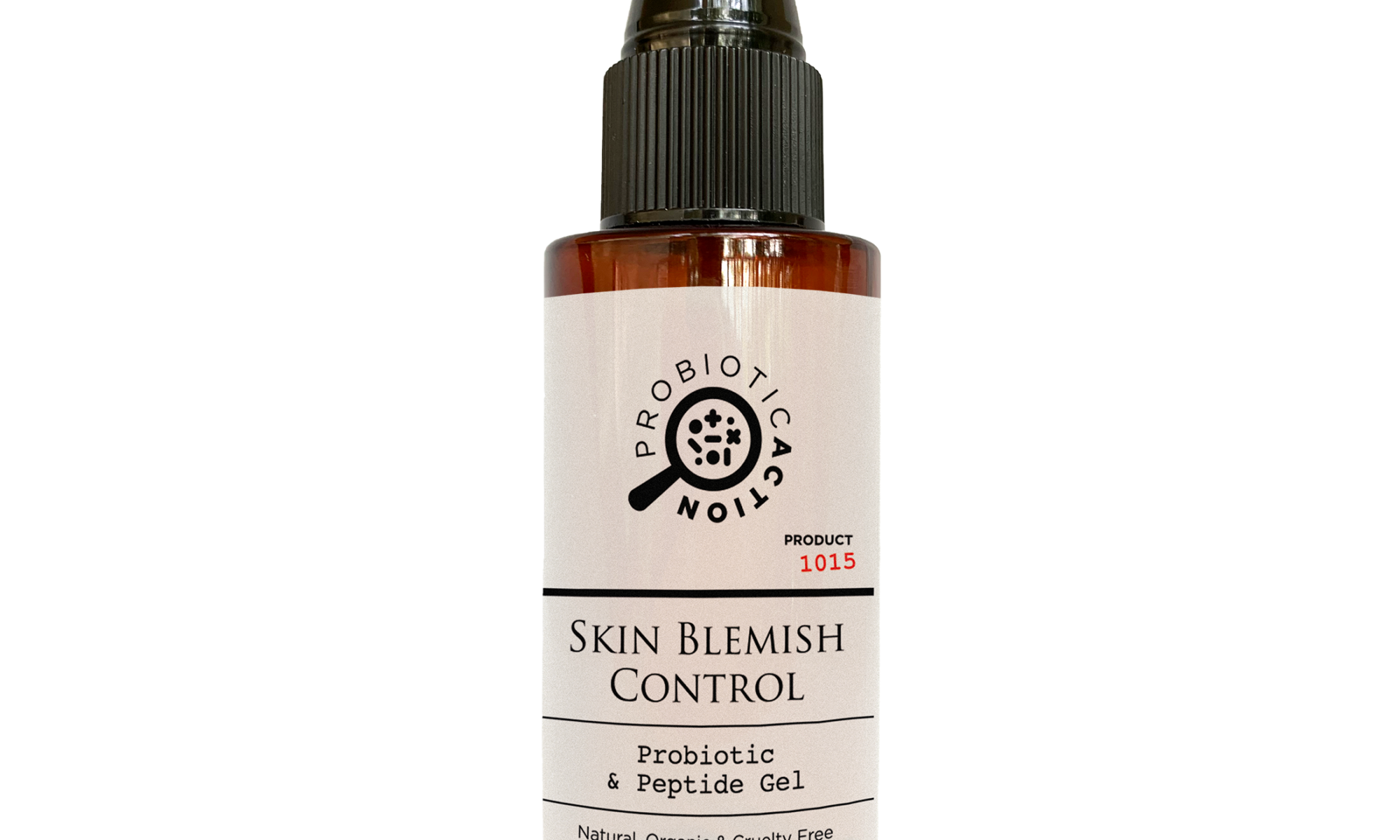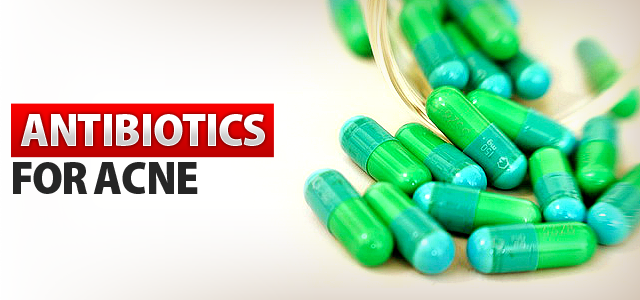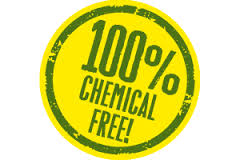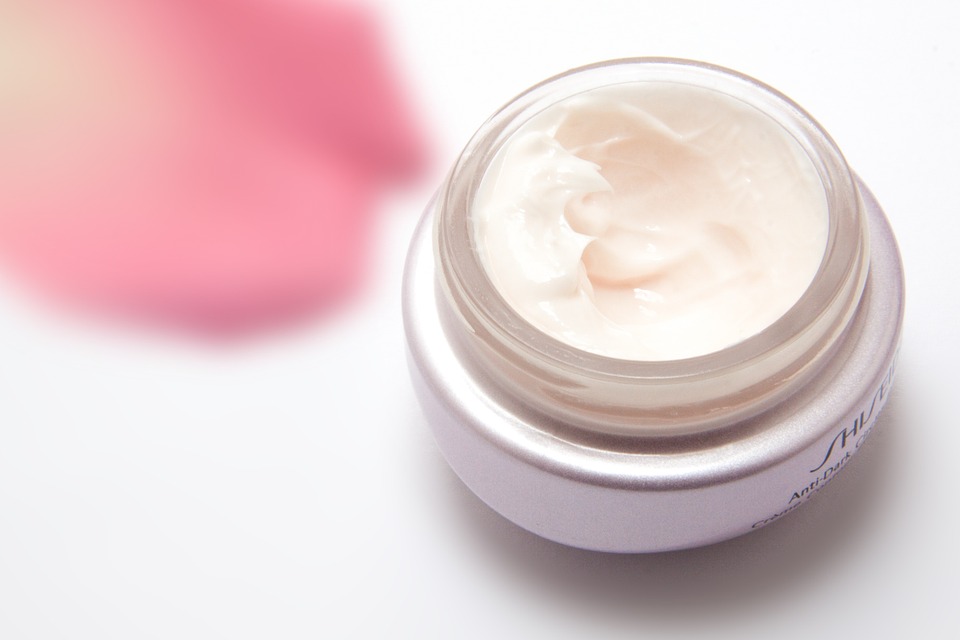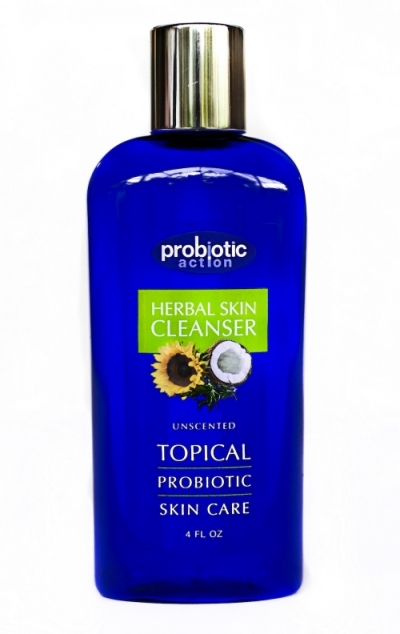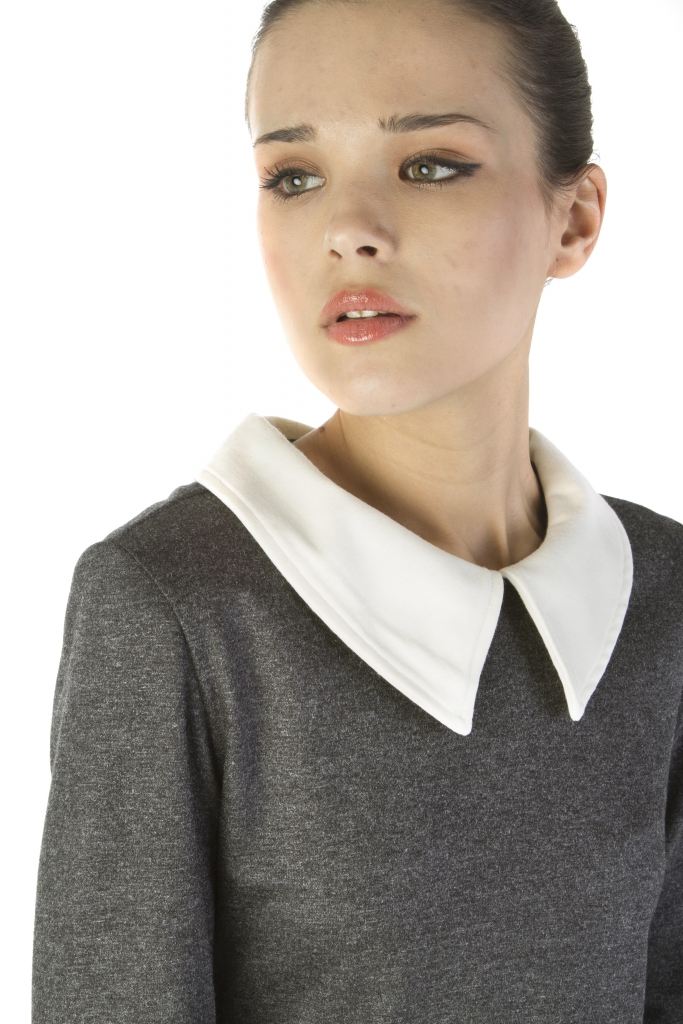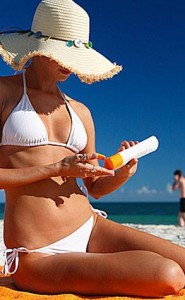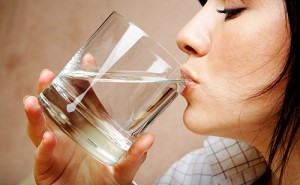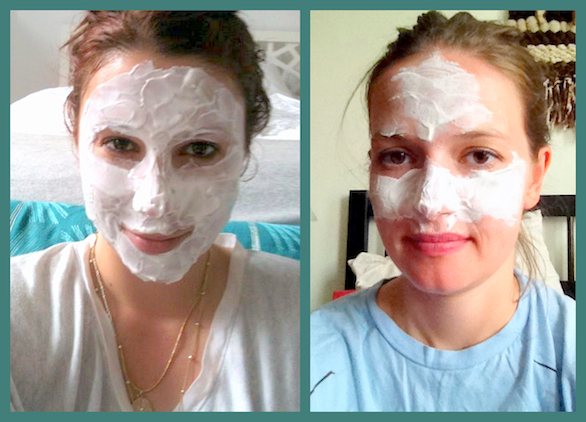
The skin is teeming with life. A microscopic universe in its own right, potentially billions of microbes live on the surface of the skin. While the function of these microbes have long been overlooked, research over the past two decades has revealed that bacteria play a vital role in skin health. In fact, microbes may be in part responsible for easing inflammation and keeping the skin happy and healthy. To prove our point, here are three major benefits of topical probiotics for inflammation:
3 benefits of topical probiotics for inflammation
Researchers are just beginning to unravel the benefits of topical probiotics for inflammation. Yet, the discoveries thus far have been nothing short of amazing. Here are three reasons why topical probiotics can help irritated skin:
1. Probiotics boost immune function
Recent research indicates that skin cells are in regular communication with resident microbes. As it turns out, this communication has a beneficial impact on our immune system.
To quote Bonnie Bassler, who discussed bacterial communication in a 2009 TED Talk,
“[Microbes] cover us in an invisible armor that keeps environmental insults out so that we stay healthy.”
Microbes release chemical compounds as they process the foods they eat, in response to other microbes, and in response to their environment. Interestingly, its the communication between microbes and human skin cells that can strengthen the skin’s immune system.
When it comes to topical probiotics for inflammation, the presence of certain beneficial bacteria can decrease inflammation in the skin. This is because certain bacteria can determine whether or not the skin is safe and healthy at a given moment.
2. Topical probiotics can fight pathogens
Did you know that bacterial imbalance is a major contributor to acne?
Acne occurs when excess oils on the skin provide food for pathogenic bacteria.
Research has found that some beneficial probiotics, like the bacillus subtilis included in Probiotic Action, produces chemical compounds that target specific common pathogens.
These pathogens include Staphylococcus aureus, which is beneficial in small concentrations, but may also contribute to skin diseases like eczema when the community is imbalanced.
Not only do beneficial bacteria fight pathogens directly, but they may also compete with pathogens for the same food source.
When beneficial topical probiotics are applied, they can out-compete inflammatory microbes and thereby fight infection and ease inflammation.
3. Topical probiotics may ease inflammatory skin conditions
Research on topical probiotics is only just emerging. However, probiotics for skin conditions is a promising area of research.
Excess inflammation is a major culprit in a number of skin conditions, including acne, rosacea, and eczema. Yet, what do these conditions also have in common? Disruptions in the skin microbiome.
While many of these conditions are treated with steroids and antibiotic medications, neither of these treatments address an underlying microbial imbalance.
For this reason, treatment with topical probiotics is an emerging area of skincare.
A new generation of topical probiotics for inflammation
Leading with a revolutionary new product, Probiotic Action has used years of research to create a new line of powerful topical probiotic treatments for inflamed and irritated skin.
Our topical probiotic products for inflammation include the Bacillus subtilis bacteria. This bacteria is naturally found on vegetation, in soil, in the gut and on human skin.
To improve skincare with safe, microbe-friendly products, we’re proud to announce the launch of our new Clarity in Balance topical probiotic spray.
Clarity in Balance is our most innovative and potent topical probiotic yet. Using the included ultrasonic Nano Mist Sprayer, beneficial probiotics are delivered deep into the pores.
This Probiotic Action eases inflammation, fights pathogenic bacteria, and calms skin irritation. Want to learn more about how our new product works? Continue learning here.
